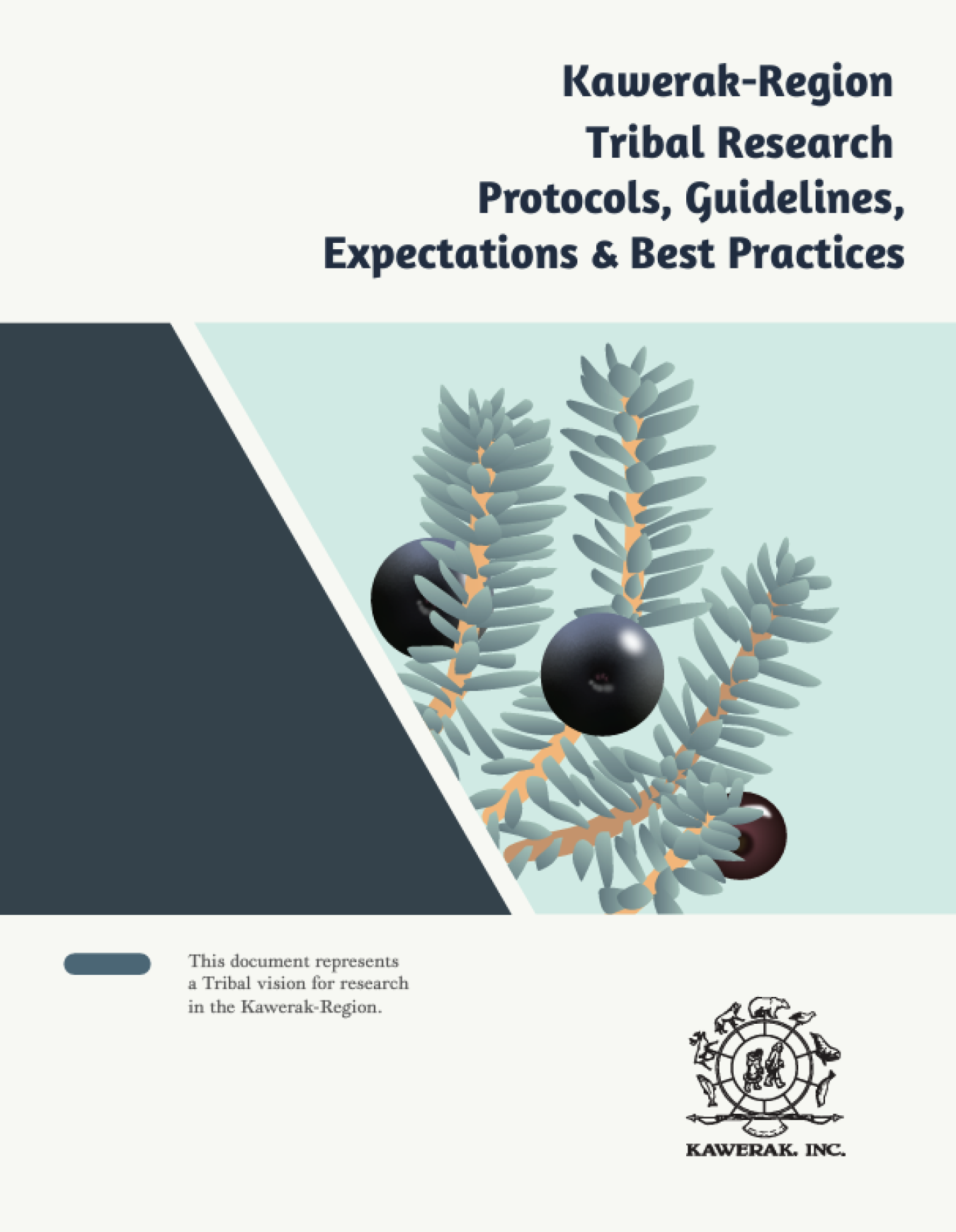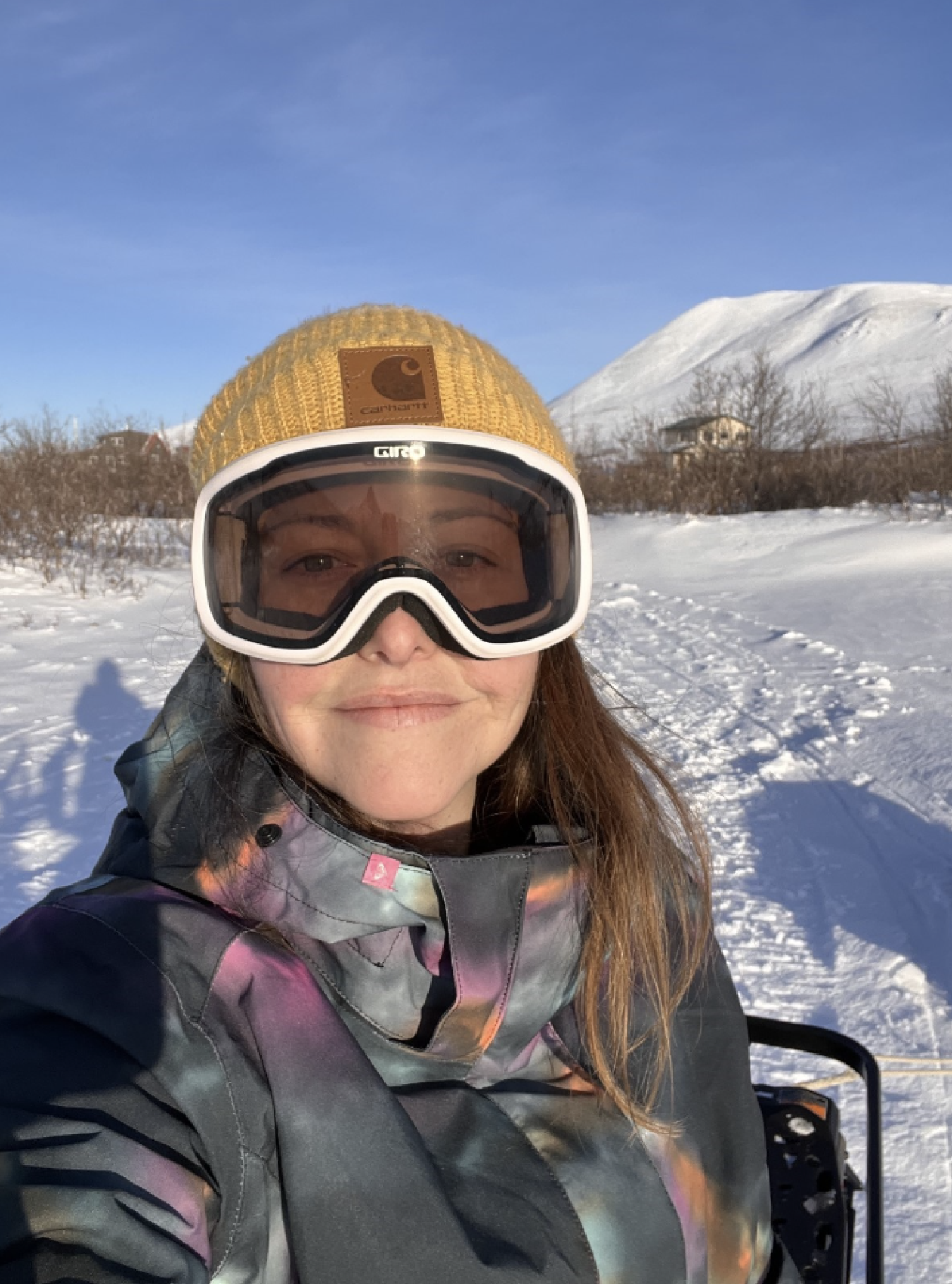Kawerak Inc. recently released a document, “Tribal Research Protocols, Guidelines, Expectations & Best Practices,” a comprehensive roadmap that demonstrates optimal procedures and customs to observe on the Seward Peninsula.
July 9, 2024Imagine your family gathered around the dinner table, ready to enjoy a meal together. It’s a time for celebration, whether it’s a birthday, a holiday or just a casual dinner. As you begin to serve the food, a neighbor unexpectedly walks in, politely welcomed but not entirely expected. Without hesitation, they start giving unsolicited advice on how to eat: Which hand to hold your fork in, how much salt to sprinkle on your chicken, even dictating which drinks should be chilled with ice. Their well-intentioned but intrusive comments disrupt the natural rhythm of your family meal, leaving everyone feeling a bit perplexed and wondering what the neighbor’s agenda is and when they will leave.
This scenario illustrates how cultural nuances can sometimes feel like unwelcome interruptions, causing confusion and discomfort until both parties take the time to understand each other’s preferences and approaches.
Just as with the neighbor at the dinner table, navigating interactions with culturally different groups requires patience, open-mindedness, and a willingness to learn. It’s only through mutual understanding and respect that we can truly collaborate effectively and harmoniously across cultural boundaries. This a situation the Department of Energy and the Arctic Energy Office are all too aware of and work towards understanding and respecting on a daily basis.

Kawerak Inc. is a regional nonprofit Alaska Native corporation based in Nome, Alaska, that serves the needs of 20 federally recognized Inupiaq, Yup’ik and St. Lawerence Island Yupik tribes, respectively. This encompasses 16 individual communities on the U.S. side of the Bering Strait. The organization recently released a document, “Tribal Research Protocols, Guidelines, Expectations & Best Practices.” Its intent: Provide a comprehensive roadmap, applicable across all research domains, journalism and education that demonstrates optimal procedures and customs to observe when working with Indigenous people and groups on the Seward Peninsula.
Founded in 1973, Kawerak provides various programs and services to improve the lives of Alaska Natives in the Bering Strait region. These services encompass health, social, economic and cultural aspects, addressing issues such as education, housing, environmental protection and tribal governance. Kawerak also plays a crucial role in advocating for Alaska Native rights and preserving Indigenous traditions while promoting sustainable development in the region.
Their new protocol was documented under their social sciences program, under the leadership of Program Director Julie Raymond-Yakoubian, Program Manager Lisa Ellanna, and Tribal Research Coordinator Stacey Lucason. They’ve crafted not just a document, but a manifesto—a declaration of Tribal autonomy and a call for ethical, collaborative research practices that honors the spirit of partnership and respect.

"It’s a product of at least a decade's worth of work,” said Lucason. “Lisa and Julie facilitated workshops with all of the Tribes in the region, held listening sessions and long conversations, and hosted individual one-on-one and groups discussions with our tribal councils, and we held community meetings. Once we had everyone’s input, we brought the final draft of the guidelines to the board who unanimously approved it in this past September’s meeting.”
Today, as conversations revolve around engaging with survivors, descendants and historical caretakers of Alaska’s lands, there’s an awareness of the need to adhere to established and agreed upon protocols. It’s about more than just following guidelines, it’s about being conscientious in every interaction, recognizing the weight of the past and the responsibility to honor it. Kawerak’s published protocols and guidelines have been meticulously crafted, and evidence to the extensive research conducted both within the region and statewide. Hundreds of individuals have contributed to this effort, conducted interviews and ensured it is culturally appropriate and comprehendible for all users.

“A tribal consortium like Kawerak is here to provide services for the tribes,” said Amanda Tördal, an Arctic Energy Ambassador, current general manager of Pilgrim Hot Springs (a Kawerak subsidiary), and former energy development specialist for the business. “We don’t necessarily represent the tribes. We encourage direct contact with the tribal communities and Native corporations—especially when it involves land and land use.”
Kawerak constantly receives numerous requests from researchers, universities and other entities wanting to go out to the communities they serve, often in order to study their energy systems. Kawerak is endlessly directing these individuals to go through a specific process of working with local populations, setting up consultations and helping them navigate permission to physically enter villages—not only out of respect, also because some require visitors to purchase land crossing permits before entering.
The goal of the formalized protocols is better communication, “So everyone feels involved in the process,” Tördal said.
Their efforts underscore the importance of culturally sensitive collaboration, particularly in the energy industry’s engagement with Indigenous communities. Just as a neighbor’s unsolicited advice disrupts the flow of a family dinner, cultural differences can hinder effective communication and collaboration unless both parties take the time to understand each other’s perspectives. Kawerak’s release of “Tribal Research Protocols, Guidelines, Expectations & Best Practices” reflects a significant step towards fostering respectful engagement with Indigenous groups in the energy sector.
By involving stakeholders in decision-making processes and respecting their cultural protocols, the industry can ensure sustainable and inclusive energy development practices. Kawerak’s proactive approach, including directing researchers to engage with local populations and providing language resources, sets a precedent for ethical and respectful collaboration. This initiative not only addresses past exploitative research practices but also empowers Indigenous voices and promotes Tribal sovereignty.
To download and use Kawerak’s Tribal Research Protocols, Guidelines, Expectations & Best Practices, visit their website here: https://kawerak.org/natural-resources/research/

